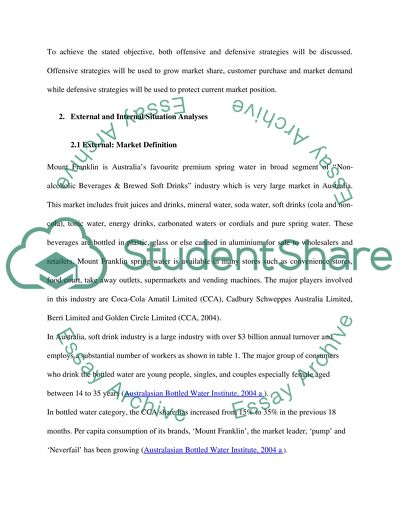Cite this document
(“Marketing Planning Essay Example | Topics and Well Written Essays - 3250 words - 1”, n.d.)
Retrieved from https://studentshare.org/environmental-studies/1410827-marketing-planning
Retrieved from https://studentshare.org/environmental-studies/1410827-marketing-planning
(Marketing Planning Essay Example | Topics and Well Written Essays - 3250 Words - 1)
https://studentshare.org/environmental-studies/1410827-marketing-planning.
https://studentshare.org/environmental-studies/1410827-marketing-planning.
“Marketing Planning Essay Example | Topics and Well Written Essays - 3250 Words - 1”, n.d. https://studentshare.org/environmental-studies/1410827-marketing-planning.


